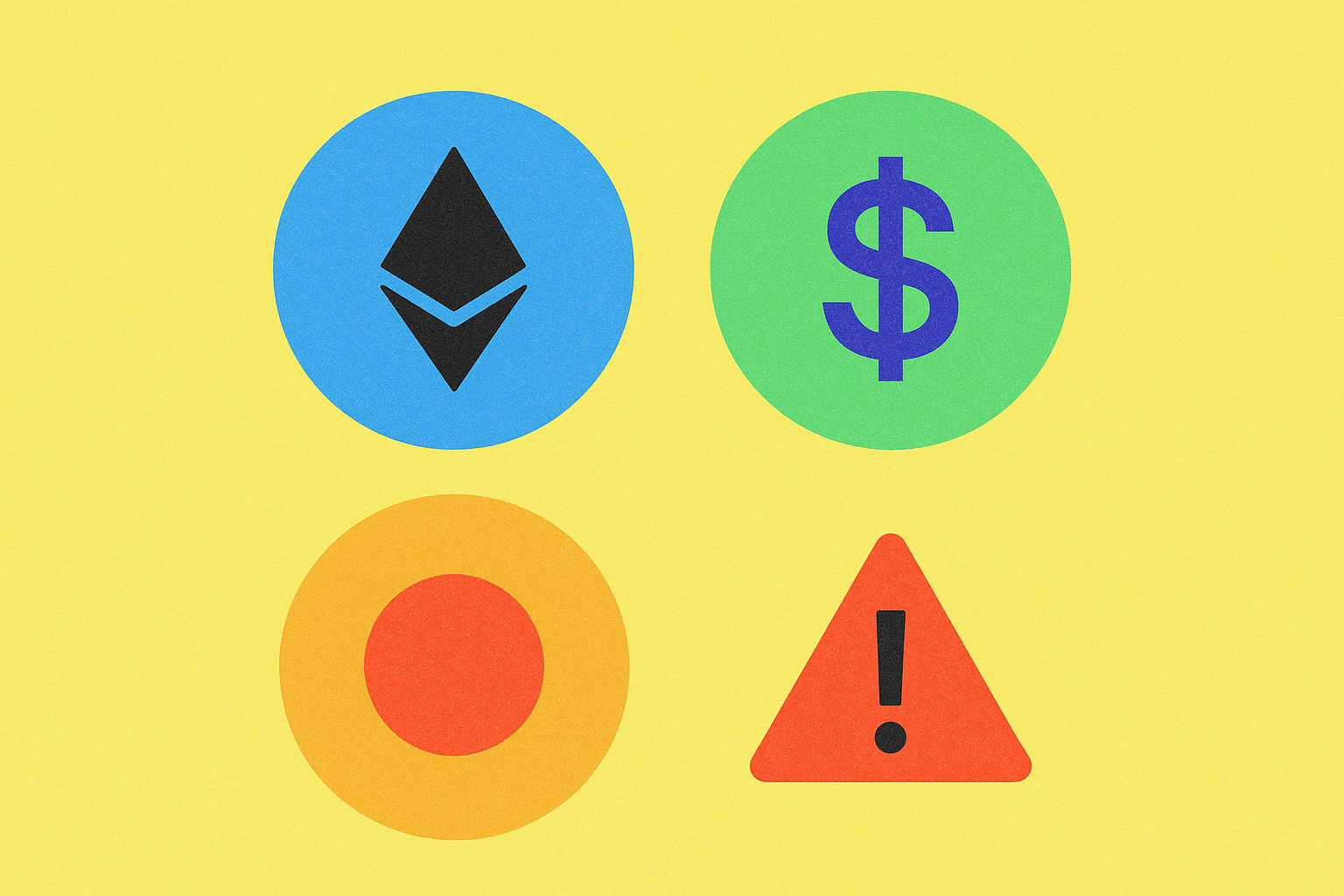2030 yılında Token Ekonomik Modeli nasıl evrilir?


Token dağıtımı, 2030 yılına kadar %60 topluluk payına kayıyor
BAS token dağıtım planında köklü bir değişim öngörülüyor. Amaç, uzun vadeli topluluk katılımını artırmak ve sürdürülebilir token çıkarımının temel ilkeleriyle uyumlu hareket etmek. 2030 itibarıyla topluluk payı %60 seviyesine çıkarılacak; bu da token dağıtım stratejisinde ciddi bir paradigma değişimine işaret edecek. Bu adım, kripto piyasasında topluluk katılımı ve merkeziyetsizliğin proje öncelikleri arasında giderek daha fazla öne çıktığı güncel eğilimi yansıtıyor.
Bu değişimi net görmek için mevcut ve hedeflenen token tahsislerini karşılaştıralım:
| Tahsis Türü | Mevcut (%) | 2030 Hedefi (%) |
|---|---|---|
| Topluluk | 25 | 60 |
| Ekip & Danışmanlar | 75 | 40 |
Bu yeniden tahsis, BAS’ın kapsayıcı ve merkeziyetsiz bir ekosistem kurma konusundaki kararlılığını ortaya koyuyor. Topluluk payındaki artış, geniş katılımı teşvik etmeyi ve daha güçlü bir ağ etkisi yaratmayı hedefliyor. Böyle bir strateji, kullanıcı bağlılığını yükseltebilir, geliştirici katılımını artırabilir ve yönetim önerilerinde oy kullanma oranını yukarı çekebilir.
%60 topluluk tahsisine kademeli geçiş, başarılı token çıkarımlarında görülen en iyi uygulamalarla örtüşüyor. Bu süreçte hak ediş dönemleri ve çeşitli katkılara avantaj sağlayan çarpan ağırlıkları gibi aşamalı mekanizmalar yer alabilir. Bu yaklaşım, token satışlarının önüne geçerken sürdürülebilir topluluk katılımını teşvik eder. Kripto ekosistemi geliştikçe, bu topluluk odaklı dağıtım modelleri projelerin başarısı ve uzun ömürlülüğü açısından daha da kritik hale gelecektir.
Deflasyonist mekanizmalar, token arzını her yıl %20 azaltıyor
BAS token, uzun vadede değerini korumak için stratejik bir deflasyonist model uyguluyor. İşlem bazlı yakımlar ve diğer arz azaltıcı yöntemlerle BAS, toplam arzını her yıl %20 oranında düşürmeyi hedefliyor. Böylece kıtlık oluşuyor ve dolaşımdaki arz azaldıkça token değerinin artması mümkün olabiliyor. Deflasyonist mekanizma, arz yönetiminin şeffaf ve öngörülebilir biçimde sağlanması için akıllı kontratlar üzerinden yürütülüyor.
Bu modelin etkisini daha iyi anlamak için aşağıdaki tabloya göz atalım:
| Yıl | Başlangıç Arzı | Yıllık Azalma | Bitiş Arzı | % Azalma |
|---|---|---|---|---|
| 1 | 10.000.000.000 | 2.000.000.000 | 8.000.000.000 | %20 |
| 2 | 8.000.000.000 | 1.600.000.000 | 6.400.000.000 | %20 |
| 3 | 6.400.000.000 | 1.280.000.000 | 5.120.000.000 | %20 |
Bu düzenli arz azalması, talep sabit kaldığı veya arttığı sürece token değerinde artış yaşanmasına zemin hazırlayabilir. Deflasyonist model, hem güçlü bir ekonomik ekosistem kurulması hem de uzun vadeli yatırımcıların çekilmesi yönündeki proje hedefleriyle örtüşüyor. BAS, bu yaklaşımıyla kendini kripto piyasasında değer saklama aracı olarak konumlandırmayı amaçlıyor; bu, kıtlık odaklı başarılı deflasyonist tokenlarda da görülen bir değerlenme stratejisi.
Yönetim hakları, protokol düzeyinde karar alma yetkisini kapsayacak şekilde genişliyor
BAS’ta yönetim haklarının protokol seviyesine taşınması, platformun işleyişinde büyük bir evrimi temsil ediyor. Bu iyileştirme, BAS token sahiplerine platformun temel işlevleri ve gelişimi üzerinde daha fazla kontrol ve etki sağlıyor. Protokol düzeyinde yönetim hakkı, karar süreçlerinin hem kapsayıcı hem de merkeziyetsiz biçimde işlemesine olanak tanıyor ve katılımcıların sistemin mimarisi ile politikalarında doğrudan söz sahibi olmalarını mümkün kılıyor.
Bu değişiklik, önceki yönetim modelleriyle karşılaştırıldığında öne çıkıyor:
| Boyut | Önceki Model | Yeni Model |
|---|---|---|
| Karar Alanı | Sadece üst düzey kararlarla sınırlı | Protokol düzeyindeki seçimler dahil |
| Paydaş Katılımı | Kısıtlı katılım | Daha geniş topluluk katılımı |
| Uyum Yeteneği | Değişime yavaş yanıt | Güncellemelerde artan çeviklik |
Genişleyen yönetim hakları, BAS topluluğunun yeni eğitim standartlarına ve teknolojik gelişmelere daha hızlı uyum sağlamasına imkan tanıyor. Bu esneklik, değişen eğitim ortamında değerlendirme protokollerinin etkinliğini ve geçerliliğini korumak için büyük önem taşıyor. Ayrıca, protokol düzeyinde katılıma olanak tanıyan bu yapı, paydaşlarda sahiplenme duygusunu güçlendirerek platformun uzun vadeli başarısına katkı sağlayabilir.
Yapay zekâ tabanlı token kullanımı, 100 milyar dolarlık ekonomik değer yarattı
2025 yılı itibarıyla, yapay zekâ odaklı token kullanım projeleri 100 milyar dolar tutarında ekonomik değer oluşturdu ve bu, yapay zekâ ile blokzincir teknolojilerinin birleşiminde önemli bir kilometre taşı oldu. Bu büyümede merkeziyetsiz finans (DeFi), gerçek dünya varlıklarının (RWA) tokenleştirilmesi ve yapay zekâ destekli merkeziyetsiz otonom organizasyonlar (AI DAO’lar) gibi yenilikçi uygulamalar belirleyici rol oynadı. Yapay zekâ ve blokzincir entegrasyonu; daha akıllı, verimli ve yaygın kullanılan token ekosistemlerinin ortaya çıkmasını sağladı.
| Sektör | Oluşan Ekonomik Değer |
|---|---|
| DeFi | 45 milyar $ |
| RWA | 30 milyar $ |
| AI DAO’lar | 25 milyar $ |
BNB Attestation Service (BAS), BNB Chain üzerinde yerel doğrulama ve itibar katmanı sağlayarak bu büyümede kritik rol oynadı. BAS; zincir üstü KYC, kimlik ve varlık doğrulama imkanları ile yapay zekâ tabanlı token kullanımında güveni artırdı ve benimsenmeyi kolaylaştırdı. KYC verilerini, varlık kanıtlarını, zincir üzerindeki davranışları ve topluluk katkılarını birleştiren BAS, doğrulanabilir İnsan İtibar Profili yaratarak ekosistemin güvenilirliğini ve işlevselliğini üst seviyeye taşıdı.
SSS
BAS kripto nedir?
BAS, zincir üstü ve dışı dijital beyanların oluşturulup doğrulanmasını sağlayan BNB Attestation Service’dir; Web2 ile Web3 veri doğrulaması arasında köprü kurar.
Melania Trump’ın coin’i nedir?
Melania Trump’ın coin’i $MELANIA’dır. Eski First Lady ile ilişkilendirilen bir meme coin olarak piyasaya sürülmüştür.
Elon Musk’ın kripto coini nedir?
Elon Musk’ın resmi bir kripto coini bulunmamaktadır. Dogecoin (DOGE), kendisinin sıkça desteklemesi ve gündeme getirmesi nedeniyle onunla en çok anılan coindir.
Base’in bir token’ı olacak mı?
Base, yerel bir token çıkarma ihtimalini araştırıyor; ancak henüz kesinleşmiş bir karar yok. Planlar, Ekim 2025 itibarıyla belirsizliğini koruyor.

DeXe Ağı: Beyaz Kitabının 2025'te DeFi Varlık Yönetimi Yeniliğini Nasıl Şekillendirdiği

Kripto ve Web3'te Kimlik Bilgileri Nedir?

Infinity Ground: Devrim Niteliğinde AI Destekli Platform, Blok Zinciri Uygulama Geliştirmeyi Yeniden Şekillendiriyor

COAI Token: Bilmeniz Gereken Her Şey

AB Kan Grubu Nedir: Kan Grubu Sınıflandırmasının Temellerini Anlamak

Kuantum Hesaplama Nedir: Geleceğimizi Dönüştürebilecek Devrim Yaratan Teknolojiyi Keşfetmek

ENS Alan Adları: Web3’te Kimlik Yönetimini Kolaylaştırıyor

Kripto para birimlerinde çift harcama sorununun anlaşılması

Kripto paralarda Mnemonic ifadelerin kavranması

Ethereum Katmanı 2'de Yenilikçi Ölçeklendirme: Geleceğe Milyon Dolarlık Atılım

En İyi Layer 0 Blockchain Çözümleri ile Güçlü Bir Altyapı





